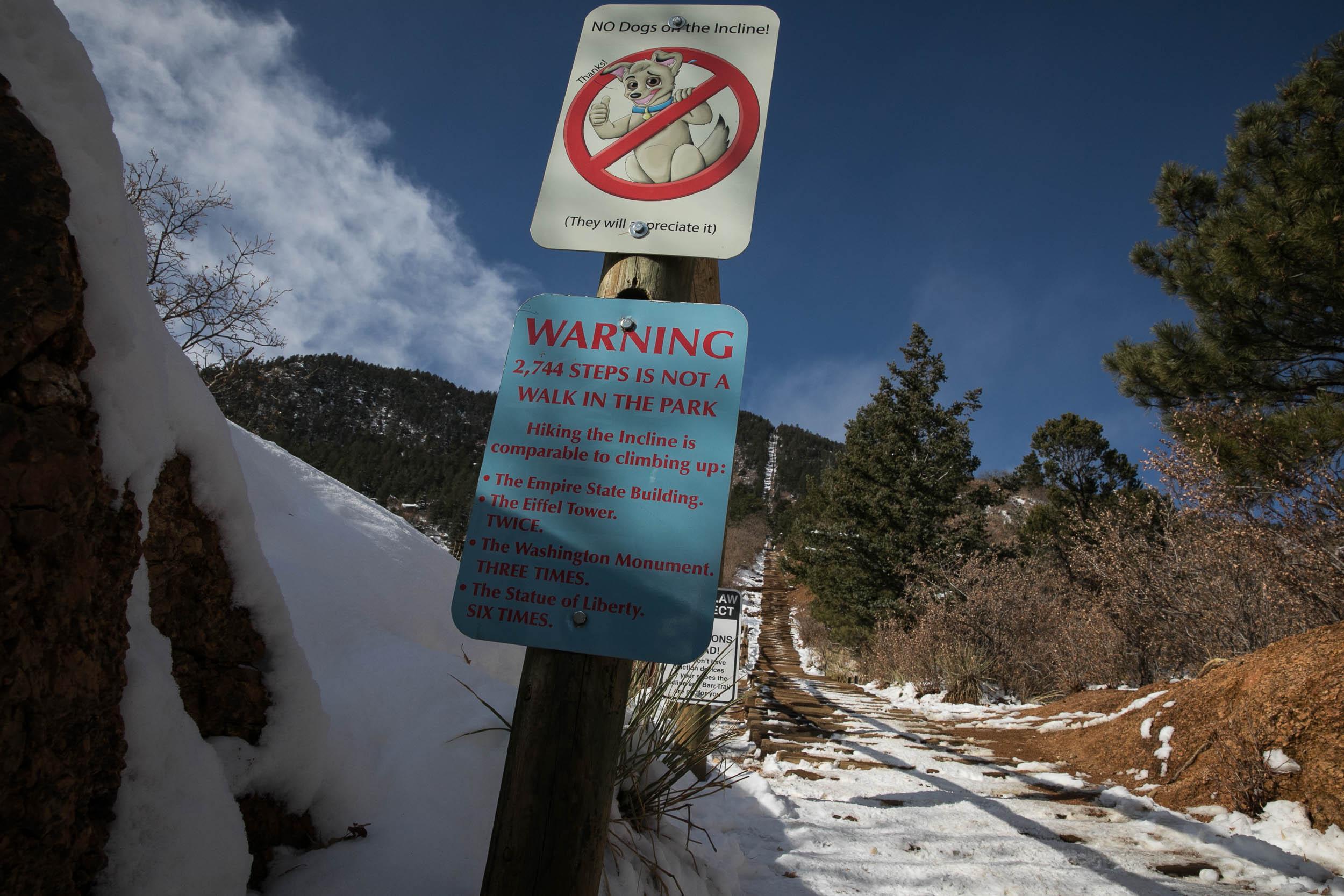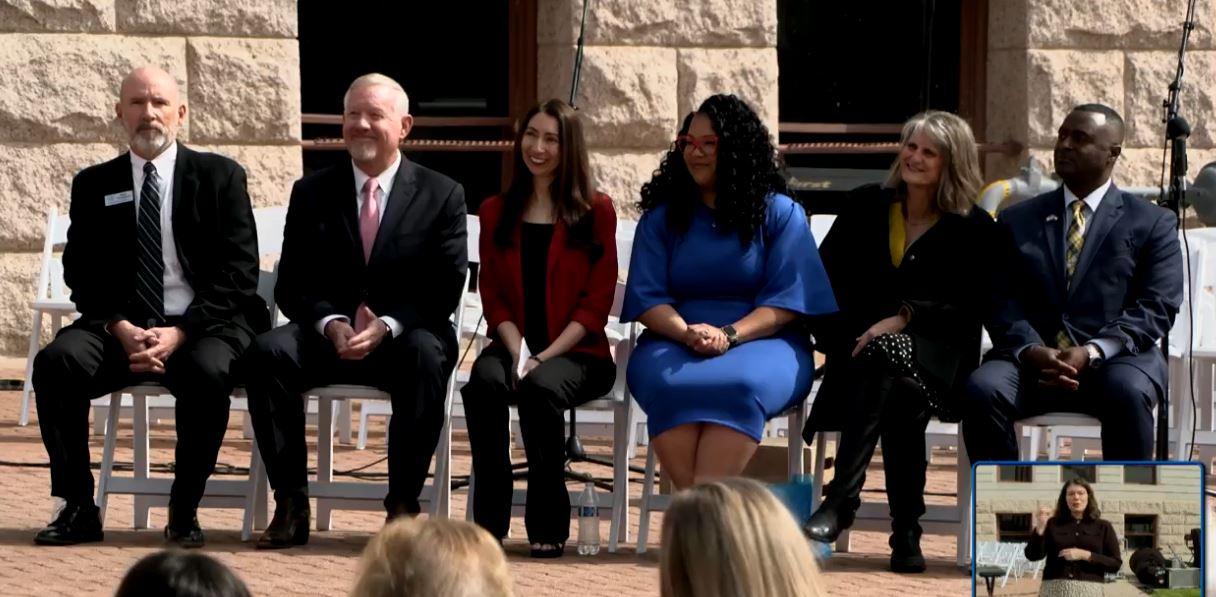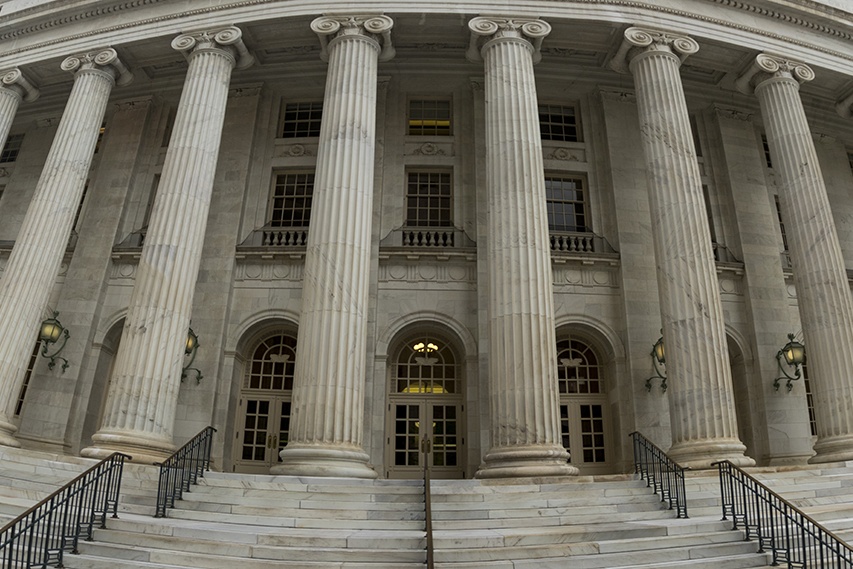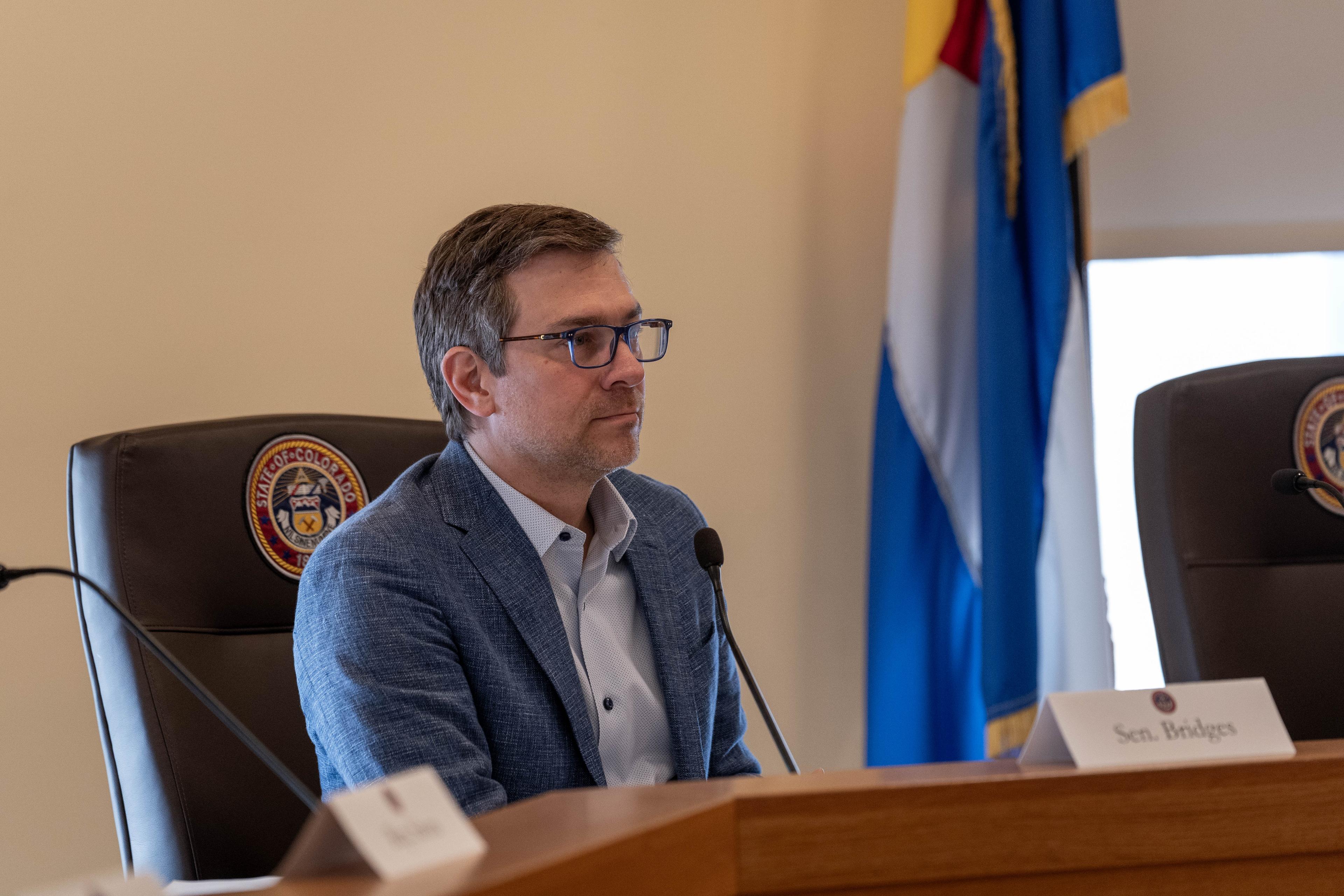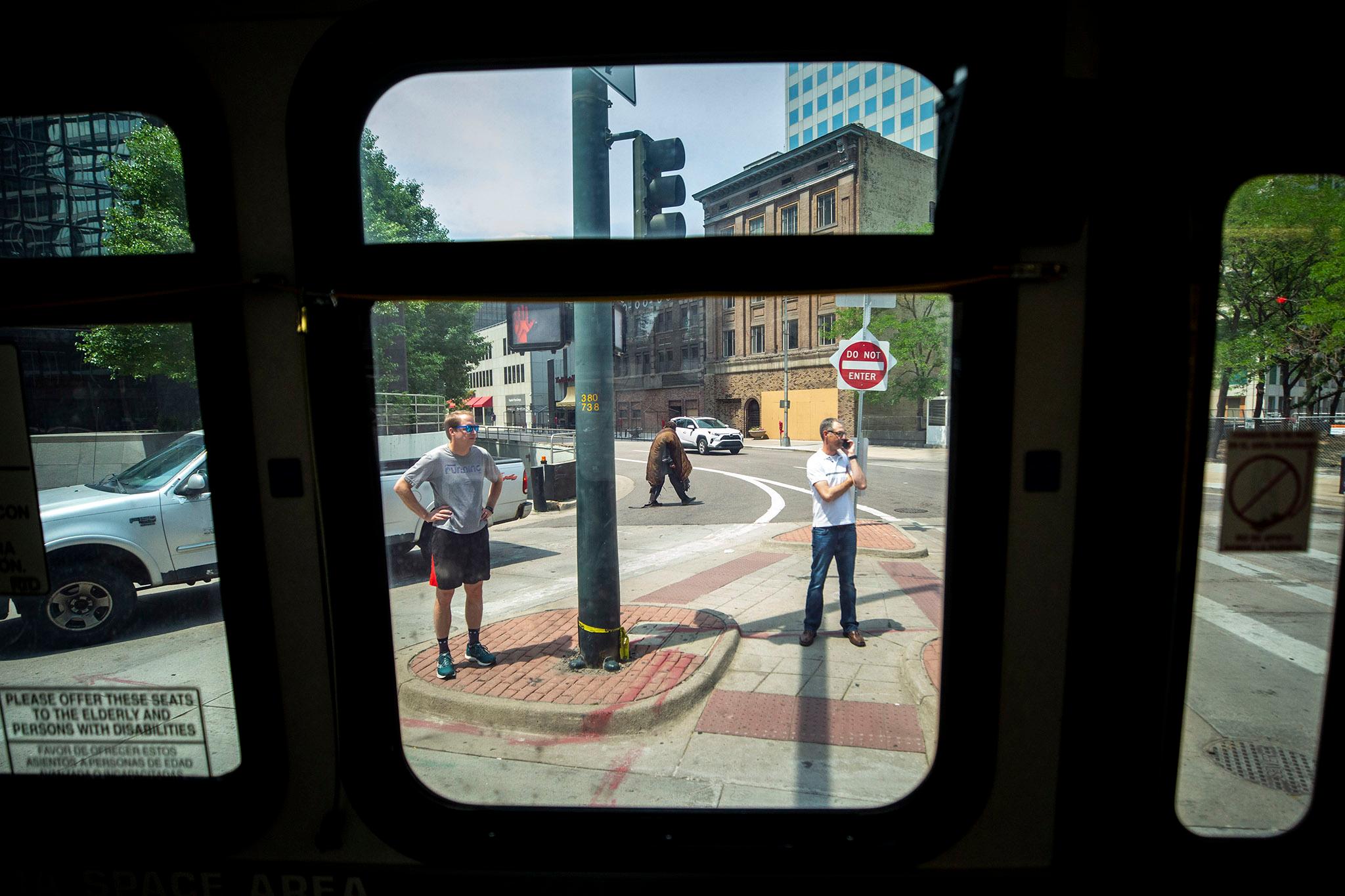
The Regional Transportation District’s board of directors on Tuesday approved a dramatic overhaul of its bus network that will favor more frequent service in high-ridership areas over relatively little-used lines in suburban and rural areas.
The plan, which will be carried out incrementally over the next five years, is the biggest overhaul of the metro area’s bus system since the 1970s. The project is designed to increase ridership, improve service performance and quality, address pandemic-related changes to travel patterns, and help RTD live within its budget. It also includes modest changes to the light- and commuter-rail system.
“This is a general roadmap,” Bill Van Meter, RTD’s assistant general manager for planning told the board. “If we need to deviate over time, you, as policymakers, have that responsibility and capability.”
That flexibility appeared to be key to getting the board’s approval.
“I’ve come kicking and screaming along in this process. But I think that what the saving grace for me is, is the fact that it’s a work in progress. It’s a living document. It’s got some flexibility,” said RTD board chair Vince Buzek, who represents Westminster and other nearby suburbs.
RTD staff and consultants have been drafting the plan for the last two years. It received more than 1,600 public comments since January — most of which requested services beyond what RTD can fund. Van Meter said the agency could add back more service if and when funding allows.
What the changes will look like
In the meantime, this map shows what the new bus and rail network will eventually look like. This presentation from RTD has more details on every route.
RTD will break up some long routes and increase how often buses run where it anticipates greater demand. For example, the crosstown No. 3 bus, which travels from Aurora to Lakewood on Alameda Avenue, will be split near the Alameda light rail station in Denver. Service on the west side, where demand is higher, will increase to every 15 minutes at peak times.
Similar changes are planned for several other lines, including the No. 0 on Broadway, the No. 12 on Downing Street, the No. 21 on Evans Avenue, and the No. 76 line on Wadsworth Boulevard. Other lines will remain intact and also run more frequently, including the No. 40 on Colorado Boulevard, the No. 73 on Quebec Street, and the No. 105 on Havana Street.
Several routes currently suspended because of the pandemic will come back, including the express Boulder-Denver FF2 bus and other iterations of the Flatiron Flyer, the No. 53 on north Sheridan Boulevard, the No. 104 on 104th Avenue, the No. 122X between Thornton and Denver, the GS line between Golden and Boulder, the LX route between Denver and Longmont, and the Free MetroRide in downtown Denver.
RTD staff expect the changes will result in a 50 percent increase in the number of low-income and minority residents that have access to frequent transit service. RTD is currently operating at about 70 percent of its pre-pandemic service levels. When fully operational, the changes endorsed by the board Tuesday are expected to boost its service to 85 percent of pre-pandemic levels.
But some 20 routes, many of which were suspended at the start of the pandemic, are now permanently dead — at least if RTD’s funding levels stay stagnant.
Casualties include the Y line between Lyons and Boulder (though Boulder County is working to replace it), the No. 209 in Boulder, the No. 128 in Broomfield, the No. 125 in the west metro, the No. 157 in Aurora, and the No. 401 in Littleton.
Some express buses in Denver are getting the axe permanently, too, including the No. 16L on West Colfax Avenue and the No. 30L on South Federal Boulevard.
Little changes are planned for RTD’s light- and commuter-rail systems. If finances allow, the agency will eventually upgrade peak frequencies on some key lines — the D, E and H — to every 10 minutes. The G line will be bumped to every 15 minutes. The C and F lines won’t come back, except possibly for special events.
Transit advocates say they support the plan and its priorities, given the state of RTD’s precarious long-term budget and the lack of other funding sources. But Molly Mckinley, policy director for the Denver Streets Partnership, told the board Tuesday that the service levels baked into the plan aren’t high enough, “to serve the region and meet our air quality, climate and access and safety goals.”
“Now more than ever we need leaders, not just in RTD, but at the local, state and federal levels to come to the table and get public transit back on track and identify additional resources for RTD,” she said.
RTD staff hope the agency can partner with other government entities to fill in some of the gaps in transit service that it is leaving behind. Chair Buzek noted the state government accounts for less than 1 percent of RTD’s operating budget.
“Maybe that’s something we need to work on,” he said. “Maybe that’s the first partnership we need to really try to repair and make better.”
Editor's note: This story has been updated to correct a description of the GS line, which links Boulder with Golden — not Denver.

